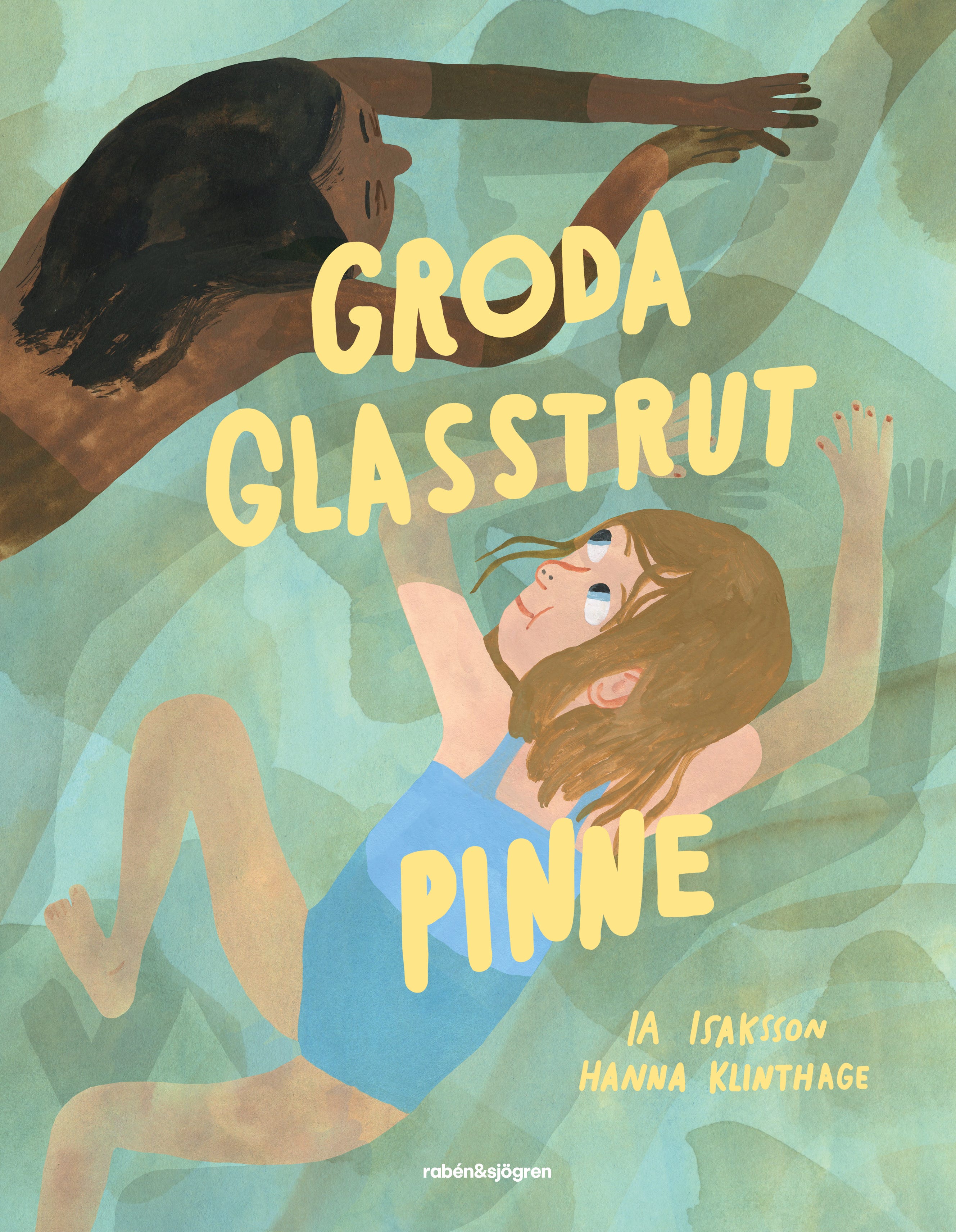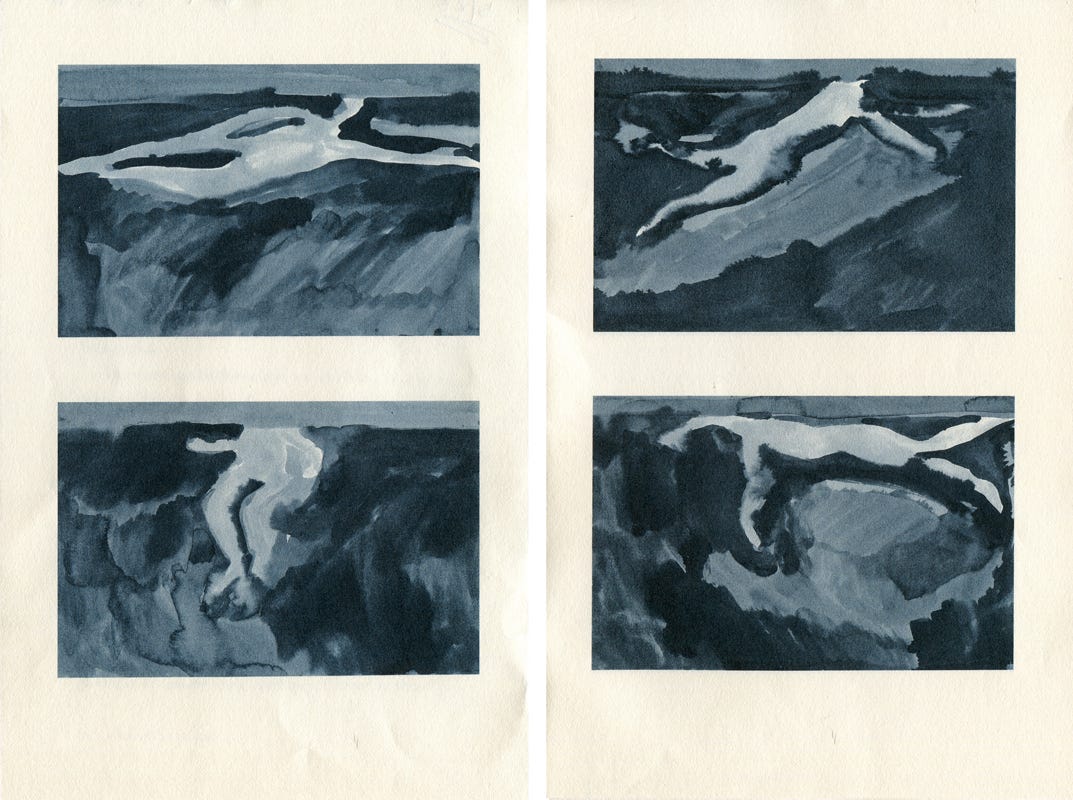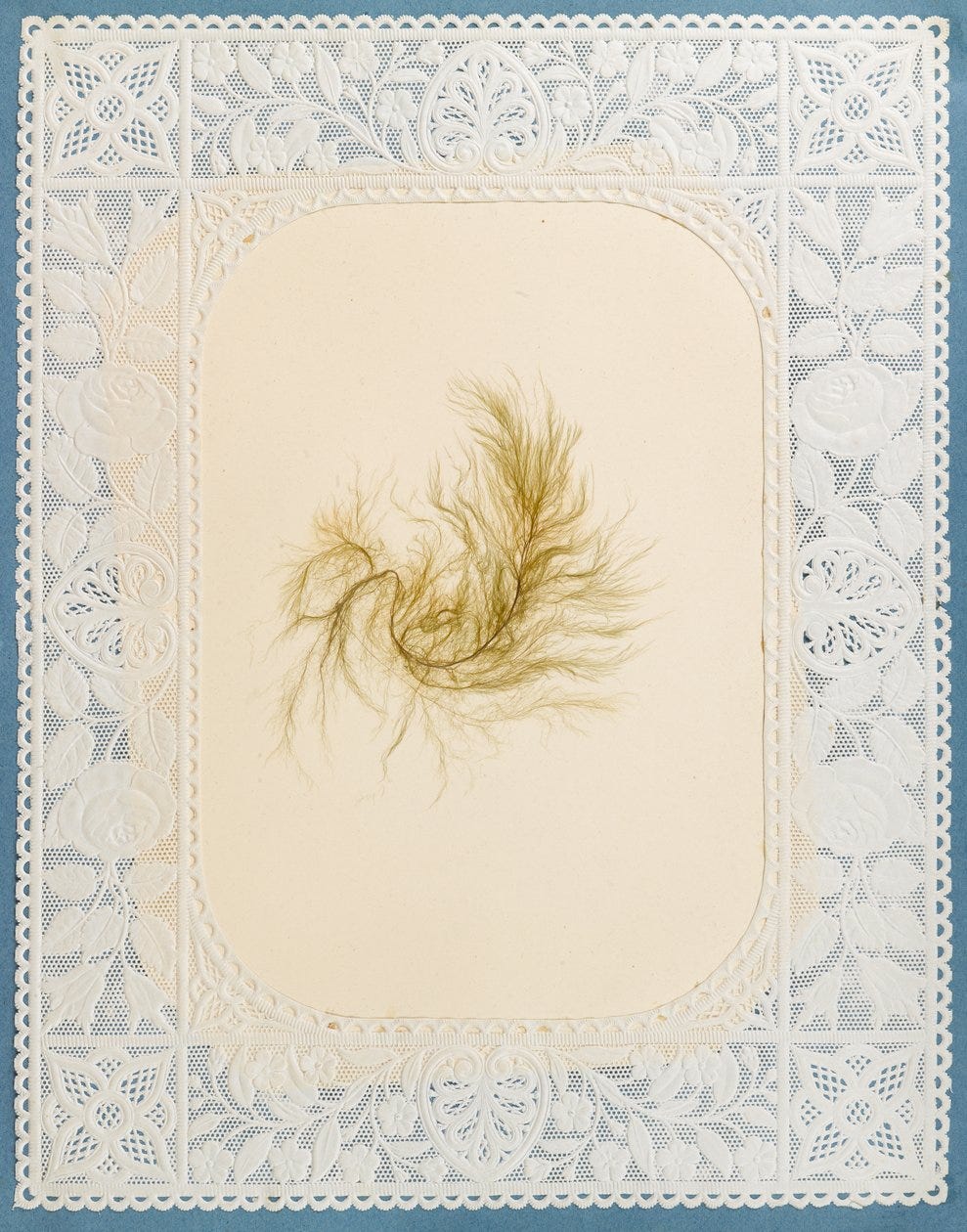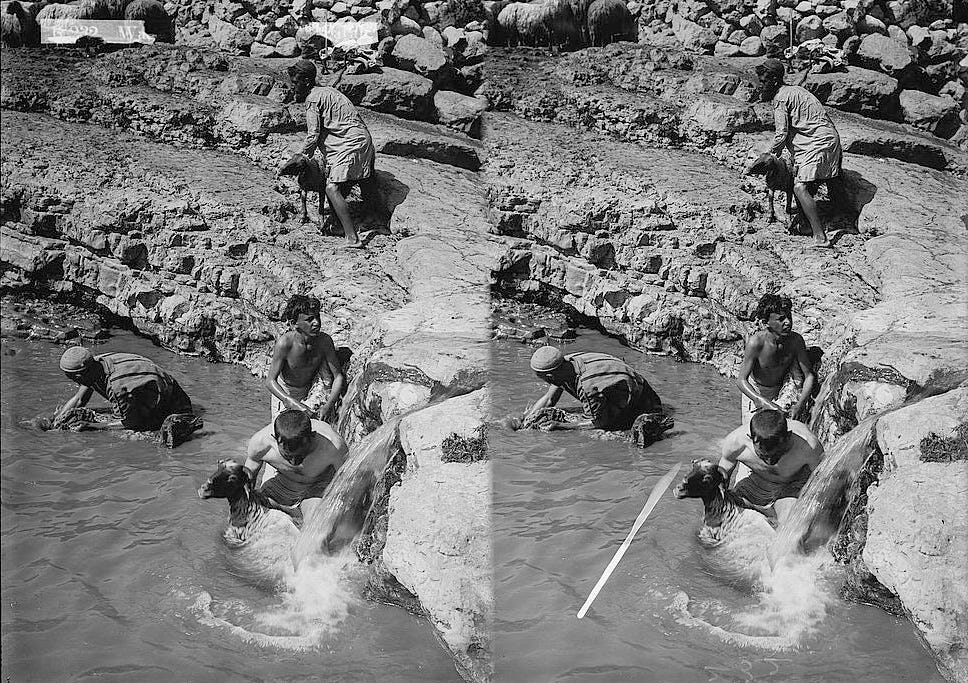Merfolx 🎏
№ 14 • treasuring bodies of water, salty and chlorinated

I'm not a confident swimmer. Having grown up in a conservative family, the idea of a girl in a swimsuit would elicit a stern telling-to, so for me, swimming is shrouded with fear - can't be seen in this, can't carry my body like that. When I recall my childhood in relation to swimming, I see a collage of shorts smacked on one-piece swimsuits hiding thighs, seashell collecting as a girl-appropriate beach activity, swim instructors who knew how to swim but not how to teach, the list goes on. It became an activity coated with the stickiness of getting myself into a swimsuit and being ok with how many rules I'm breaking. During my preteens, a win was figuring out how to turn alienation into fun by the pool. I would paint candy-colored nail polish to match my bikini. I created a routine of religiously removing body hair. My body hair has gone through wax, epilators, Nair, razors, and lasers. As an adult, my obsession with hair removal continued - even more so when I took swimming seriously. Swimming made me confront many things: body image, shame, and inflexibility (I remember a coach tapping my neck and telling me over and over again: relax your neck). I'm still not a confident swimmer, but I love the feeling of shedding everything to be in the water. Only my body and a skintight swimsuit, nothing extra; it felt liberating. For this newsletter post, I wanted to share books (a Swedish picturebook + an English novel) related to swimming 🏊♀️
✿ Swim School

Groda Glasstrut Pinne
Ia Isaksson + Hanna Klinthage
rabén&sjögren, 2023
ISBN 978-91-29-73757-8
🐸 🍦 📏
This lighthearted summer story explores the characters' (My) fears about swimming in Stockholm—where "man kan bada om man vill dö."1 It is also a story about hopes of making a friend. I had to look up Baddaren Blå when My mentioned it after observing all the kids' comfort in the water. Baddaren Blå (the blue badge below) is given to children after executing specific swimming skills. You can check this webpage for a list of all the milestones and their corresponding badges.

The picturebook is illustrated by Hanna Klinthage, with details to discover with each re-read. The endpapers have an enlarged pattern from My's fuzzy robe, and Grandpa's slippers are peppered with paint splatter- is he a painter, or does his slippers look like that due to working on his boat? There were two curious occasions: My mentions her Grandpa living among Stockholmers, and her dad mentions the strange dialect as Stockholmska! I had to look up the writer Ia Isaksson, and sure enough, she grew up in Fiskebäckskil and currently lives in Göteborg. I loved these little tidbits about the Swedish language's varying dialects. You can follow this audio recording2 from Sveriges Radio while reading the book. I find that it helps with getting the pronunciation right.
PROMPT
- Redesign the Baddaren Blå badge or create your very own!
- Create an instructional sheet of your best swimming tip.
- Paint self-portraits of three different stages of your life in the swimsuit you remember you had.
رف الكتب 📖 recent favorites

Chlorine
Jade Song
Footnote Press, 2023
ISBN 978-1-804-44056-8
I could not put this book down. The writing is razor-sharp and skillful, with feminist killjoy tones. Unlike some novels, I did not have to keep track of all the characters; everyone was memorable, a testimony to Song's (she/ they) painterly writing. In Chlorine, we follow Ren Yu, a high school swimmer gearing up to attract the attention of Ivy League university recruiters. Ren is unapologetic and frank. We learn from her about mermaids from around the world—they're nothing like Ariel! In true sapphic fashion, we read letters written by Cathy, Ren's friend-turned-crush 💌 Chlorine can also count as a migrant's story, a story of being an outsider and trying to fit in.
➽ Trigger warning: racism, misogyny, self-harm, eating disorders, homophobia, depression, and sexual violence. So tread lightly if you plan to read this novel.
🌊 If Song's book harbors a ripple effect and you want another whiff of chlorine, I recommend the following book and two films.

Swimming Studies
Leanne Shapton
Riverhead Books, 2016
ISBN 978-0-399-17484-1
I read it ages ago when I was in a phase of intentionally leaving a book in a public space after I finished reading it. I distinctly remember leaving a copy3 of Swimming Studies at a WC sink at Charles de Gaulle Airport.
🎬 The Swimmers. Directed by Sally El-Hosaini, Working Title Films, 2022. Netflix app. Watch trailer here
🎞️ Nyad. Directed by Jimmy Chin & Elizabeth Chai Vasarhelyi, Black Bear Pictures & Mad Chance Productions, 2023. Netflix app. Watch the trailer here
Bokmärke 🔖 notable + on my radar

🐚 What Could I Have Said with a Mouthful of Salt
"Sinister alabaster always transforms us from mermaids into monsters." Prose, poetry, and recipes concerning the sea as a site of forced labor | Published 2019
This is a captivating online publication by S*an D. Henry-Smith and Imani Elizabeth Jackson about the history of West African divers. You flip through the pages by clicking the arrows to move to the next one; there's also an option to download it as an ebook. It includes three recipes from black culinary traditions.
✦ Oyster Shell Dashi
✦ Fried Oyster Cakes
✦ Seaweed Grapefruit Granita/Sorbet

Below, I'll share essential quotes:
❝After receiving the license, they took men from the amalgamated, ethnically diverse Kru people to the Pearl Coast to be marketed as divers. (Diving was unrestricted by gender in Africa, but classified as masculine labor by Europeans.) ... They were called concha, and negros de pesca. They were, perennially, saltwater Negroes, as the Spaniards preferred to exhaust the labor of skilled divers and then import more of them, rather than train novices.❞
❝We think about what stereotypes say about blackness and water, blackness and swimming. Before the stereotypes that now exist there were claims about our great athletic ability, our enlarged lungs.❞
The last quote brings to mind the question of inaccessibility. Architect and urban planner Robert Moses is known to have designed low bridges to prevent public transport users (specifically BIPOC using buses) from getting to the beach, thus preventing a large population from accessing the ocean. Only white people from a particular social class with the means of having cars could use those roads to get to the beach.4
💧 Water in Gaza

Throughout the writing of this post, I could not separate how, in recent memory, no matter the topic, it always takes me back to Palestine. I recall all the Palestinians drowning while trying to fetch the US-dropped aid; I think about Gazans and their daily struggle of having no access to clean water. Keep talking about Palestine and recognize your privilege and role in making change. One way is to submit a design to PenPalestine. They riso print postcards and sell them, with all proceeds going to medical aid for Palestinians. I purchased a set of cards earlier this year; they make great little gifts. Naji El Mir's Boycott Resist is still taped right above my desk.
until next time 🎏5
When trouble strikes, head to the library. L. Snicket
where they can swim if they want to die! ↩
11 minutes with narration by Helena Lindegren (producer Emilia Traneborn at Iris media for UR). ↩
Don't worry, it wasn't a library book; it was a copy I purchased myself. ↩
Winner, Langdon. “Do Artifacts Have Politics?” Daedalus, vol. 109, no. 1, 1980, pp. 121–36. JSTOR, http://www.jstor.org/stable/20024652. ↩
This emoji 🎏 is called “Koinobori (鯉のぼり), meaning 'carp streamer' in Japanese; they are carp-shaped windsocks traditionally flown in Japan to celebrate Tango no sekku (端午の節句), a traditional calendrical event which is now designated as Children's Day (子供の日, Kodomo no hi), a national holiday in Japan.” “Koinobori.” Wikipedia, Wikimedia Foundation, 12 May 2024, en.wikipedia.org/wiki/Koinobori ↩
